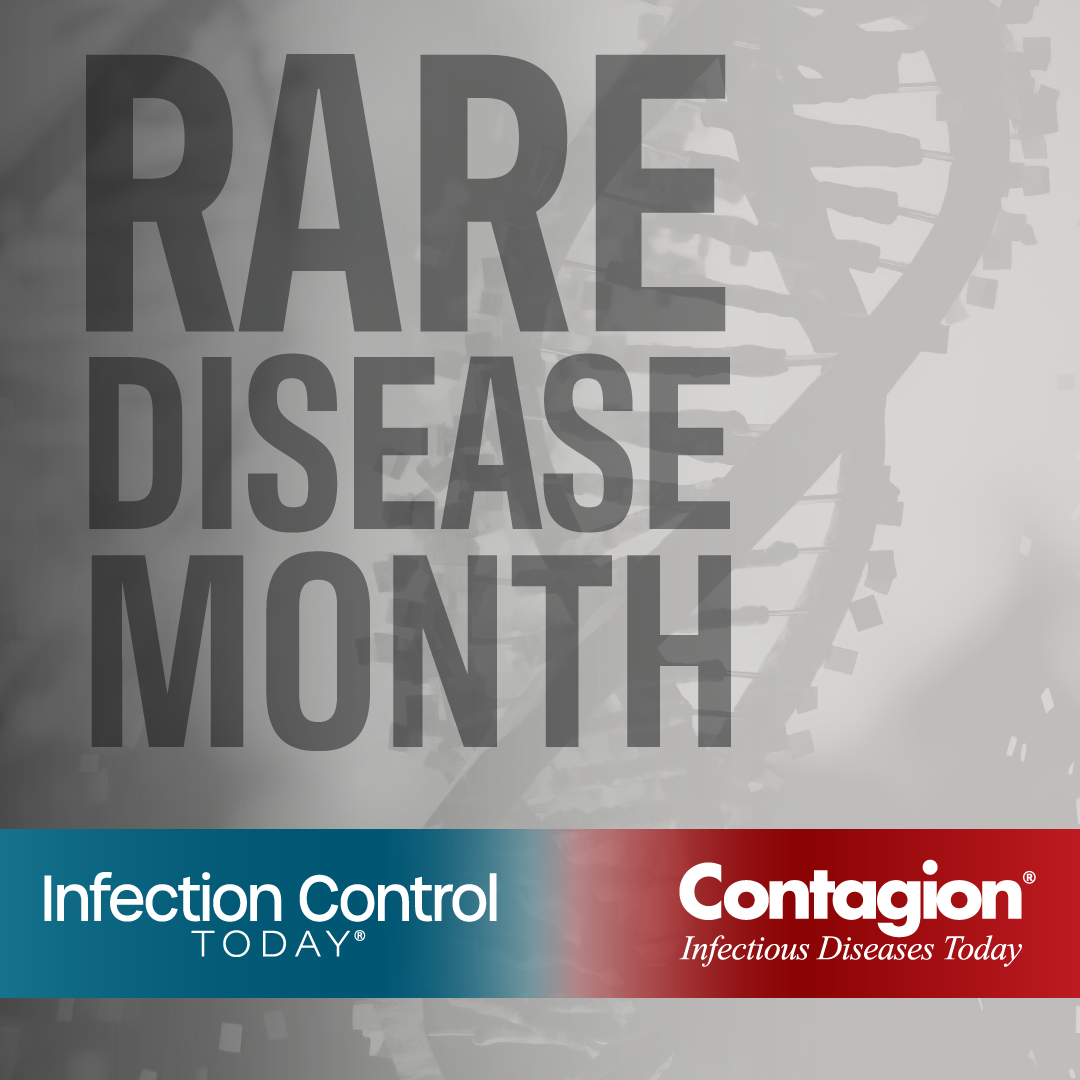Germaphobes Beware: New Survey Uncovers the Dirt on American's Fears and Strange Hygiene Habits
CINCINNATI -- To expose Americans' fears and the bizarre rituals they undertake to save themselves from getting sick, Procter & Gamble conducted a recent survey of more than 1,000 Americans nationwide to see what steps they take to deal with germs.
"Germs are transferred when we touch something or someone and then touch our mouth, nose or eyes," said Ronald W. Stout, MD, MPH, medical director for Procter & Gamble's Global Health & Wellbeing Business Unit. "This is true regardless of the season, so it is very important to maintain healthy habits and proper hygiene throughout the year to help prevent the spread of germs."
Maintaining proper hygiene is a lesson that Americans could certainly learn. In fact, half of those surveyed (49 percent) confessed that they don't wash their hands every time after sneezing into them, and men in particular are the main culprits, as 55 percent admit to walking around with germy hands from sneezing. And while 92 percent of people think others will get them sick with their germs, only 9 percent believe they will get other people sick. One in three (34 percent) believe that they are more likely to get sick from a complete stranger than from someone they know. Fearing that they may come in contact with germs, 18 percent avoid shaking hands altogether, and four in 10 (36 percent) believe public restrooms are the place where most people are careless about spreading germs. In fact, 30 percent admit to using tissues and/or paper towels to open doors, while 16 percent use their elbows.
In what could be the most telling sign of Americans' fear of catching a cold or flu, 22 percent will refuse to kiss their significant other, despite the age-old theory that love knows no boundaries.
This survey was conducted online within the United States by Kelton Research on behalf of Vicks Early Defense from September 12 to 17, 2007 among 1,048 adults (aged 18 and over) and 300 moms (aged 18 and over) with children in the household.
Source: Procter & Gamble
The Guardians of Animal Health: Who Are Veterinary Infection Preventionists?
March 21st 2025Veterinary infection control experts Leslie Kollmann, BS, AAS, CVT, CIC, Denise Waiting, LVT, and Leslie Landis, LVT, BS, discuss challenges, zoonotic disease risks, and the importance of education, collaboration, and resource development in animal care facilities.
The Latest on CLABSIs and CAUTIs: Evidence-Based Approaches for Infection Prevention
February 27th 2025Health care–associated infections like CLABSIs and CAUTIs threaten patient safety. Learn evidence-based strategies, new technologies, and prevention protocols to reduce these infections and improve outcomes.
Resilience and Innovation: The Pivotal Contributions of Black Americans to Health Care and Medicine
February 24th 2025During Black History Month, we honor the resilience and contributions of Black medical professionals in health care. Despite barriers, they have led transformative changes, advocating for equitable access and medical excellence. Recognizing their impact ensures a more inclusive health care future for all.
Glove Usage Guideline: From The Joint Commission, CDC, and World Health Organization
February 17th 2025Proper glove use is crucial in health care settings to prevent infections. Guidelines from TJC, CDC, and WHO stress correct selection, usage, and disposal to minimize health care–associated infections (HAIs) and cross-contamination risks. Infection preventionists (IPs) play a key role in educating staff, enforcing compliance, and improving patient safety through standardized glove practices.










